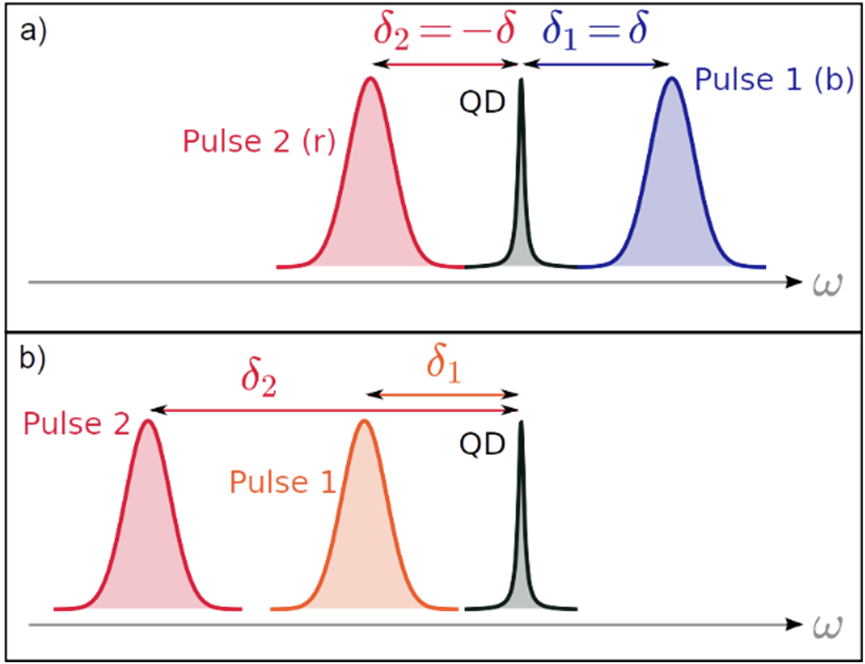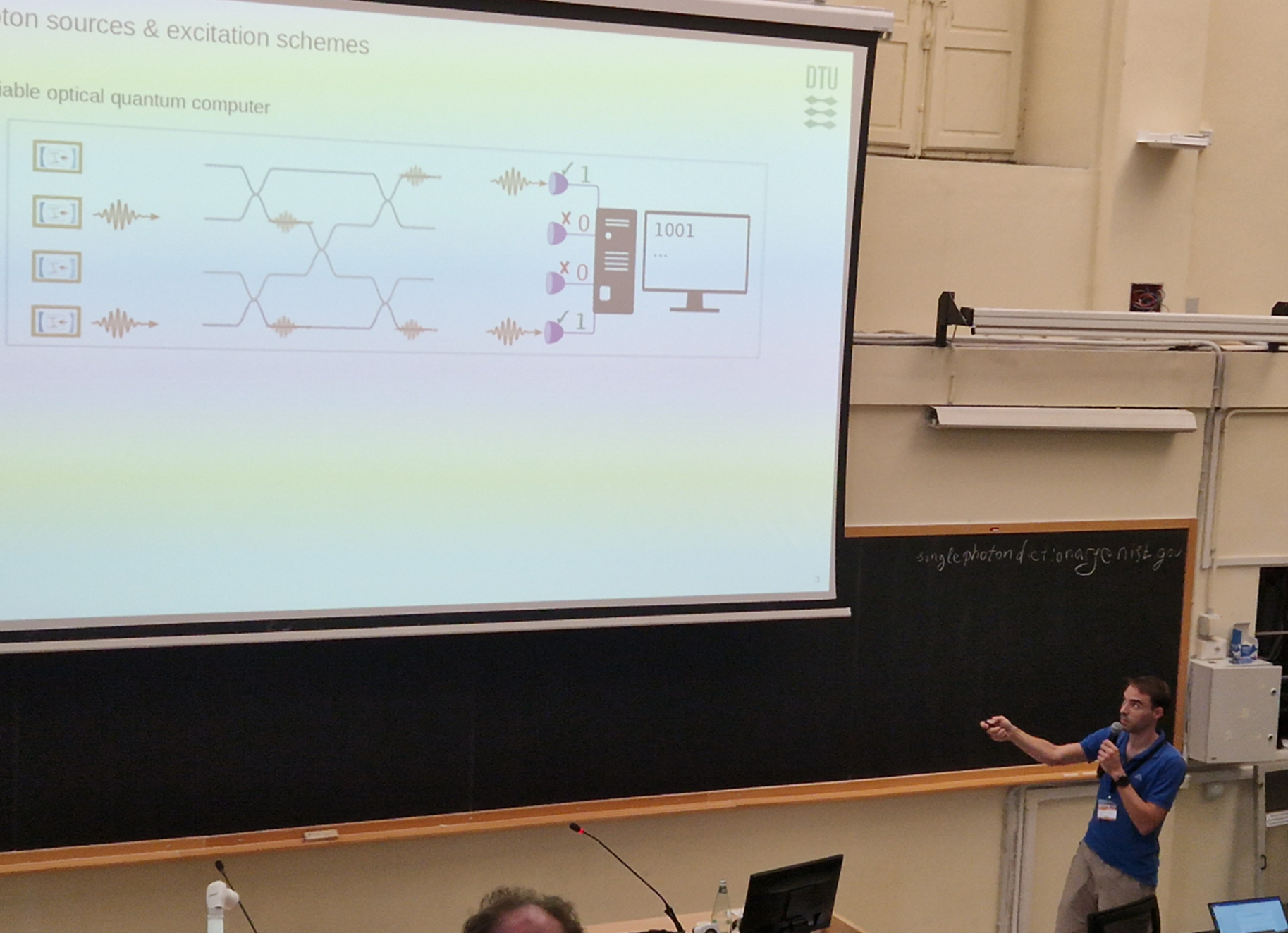
Journal Menu
► ▼ Journal Menu-
- Entropy Home
- Aims & Scope
- Editorial Board
- Reviewer Board
- Topical Advisory Panel
- Photography Exhibition
- Instructions for Authors
- Special Issues
- Topics
- Sections & Collections
- Article Processing Charge
- Indexing & Archiving
- Editor’s Choice Articles
- Most Cited & Viewed
- Journal Statistics
- Journal History
- Journal Awards
- Society Collaborations
- Conferences
- Editorial Office
Journal Browser
► ▼ Journal Browser-
arrow_forward_ios
Forthcoming issue
arrow_forward_ios Current issue - Vol. 27 (2025)
- Vol. 26 (2024)
- Vol. 25 (2023)
- Vol. 24 (2022)
- Vol. 23 (2021)
- Vol. 22 (2020)
- Vol. 21 (2019)
- Vol. 20 (2018)
- Vol. 19 (2017)
- Vol. 18 (2016)
- Vol. 17 (2015)
- Vol. 16 (2014)
- Vol. 15 (2013)
- Vol. 14 (2012)
- Vol. 13 (2011)
- Vol. 12 (2010)
- Vol. 11 (2009)
- Vol. 10 (2008)
- Vol. 9 (2007)
- Vol. 8 (2006)
- Vol. 7 (2005)
- Vol. 6 (2004)
- Vol. 5 (2003)
- Vol. 4 (2002)
- Vol. 3 (2001)
- Vol. 2 (2000)
- Vol. 1 (1999)
Need Help?
Announcements
9 October 2023
Entropy Best Young Research Talk Award from Quantum 2023—From Foundations of Quantum Mechanics to Quantum Information and Quantum Metrology & Sensing—Winner Announced
We are pleased to announce that the Best Young Research Talk Award, sponsored by Entropy (ISSN: 1099-4300) for the conference “Quantum 2023—From Foundations of Quantum Mechanics to Quantum Information and Quantum Metrology & Sensing”, was granted to Dr. Luca Vannucci from the Technical University of Denmark (DTU). Congratulations!
“Two-color excitation for highly efficient and indistinguishable single-photon sources”
Abstract: Photonic quantum technologies—such as quantum computers, simulators, and networks—rely on multi-photon interference to process information and, therefore, on the availability of efficient sources of indistinguishable single photons. For a single-photon source (SPS) with photon output ![]() (defined as the number of photons delivered per excitation trigger) and degree of indistinguishability
(defined as the number of photons delivered per excitation trigger) and degree of indistinguishability ![]() , the rate of successful
, the rate of successful ![]() -photon interference scales as
-photon interference scales as ![]() . Thus, for scalable quantum information processing, the source's figure of merit
. Thus, for scalable quantum information processing, the source's figure of merit ![]() must be increased as close as possible to 1.
must be increased as close as possible to 1.
To this end, much attention has been focused on optimizing the SPS efficiency (and thus the photon output ![]() ) via the optical design of the electromagnetic environment around a quantum dot (QD) emitter, and on understanding the decoherence effects on the indistinguishability, such as the coupling to lattice vibrations. For instance, Refs. [1] and [2] have illustrated the trade-off between
) via the optical design of the electromagnetic environment around a quantum dot (QD) emitter, and on understanding the decoherence effects on the indistinguishability, such as the coupling to lattice vibrations. For instance, Refs. [1] and [2] have illustrated the trade-off between ![]() and
and ![]() dictated by phonon scattering, and have shown how to push such a trade-off to the maximum performance via photonic engineering. However, most studies assume to initialize the quantum emitter to the excited state with 100% probability, which is a highly non-trivial task. The missing element is now a pumping scheme that excites the emitter with near-unity fidelity and that is compatible with the requirements for scalable quantum technologies.
dictated by phonon scattering, and have shown how to push such a trade-off to the maximum performance via photonic engineering. However, most studies assume to initialize the quantum emitter to the excited state with 100% probability, which is a highly non-trivial task. The missing element is now a pumping scheme that excites the emitter with near-unity fidelity and that is compatible with the requirements for scalable quantum technologies.
Here, we identify such a key component by demonstrating that two-color excitation allows the pushing of the figures of merit to the maximum performance, provided that the so-called phonon decoupling regime is reached. Specifically, we examine both a dichromatic “red-and-blue” configuration (see Figure, panel a), with one laser pulse on the blue side and one on the red side of the spectrum with respect to the emitter [3, 4], and the so-called SUPER protocol [5, 6] with two laser pulses on the red side of the spectrum (b). In both cases, we identify the conditions to remove unwanted phonon scattering in the excitation process and achieve arbitrarily high population inversion for quantum emitters embedded in bulk semiconductors. As a specific example, we demonstrate that a state-of-the-art micropillar SPS driven with our scheme can generate up to 0.95 photons per excitation trigger into the collection optics with even better indistinguishability than the one obtained under resonant excitation [7].

Finally, we shed light on the working principle behind two-color excitation and the role of the two pulses. Going beyond the semi-classical approximation, we present a fully quantum-mechanical model for an emitter interacting with two field modes, which shows that the excitation dynamics involves an exchange of photons between the emitter and both field modes, and that it is, therefore, a multi-photon process [8].
References
[1] J. Iles-Smith, D. P. McCutcheon, A. Nazir, and J. Mørk, Nat. Photonics 11, 521-526 (2017).
[2] B.-Y. Wang et al., Phys. Rev. B 102, 125301 (2020).
[3] Y.-M. He et al., Nature Physics 15, 941-946 (2019).
[4] Z. X. Koong et al., Phys. Rev. Lett. 126, 047403 (2021).
[5] T. K. Bracht et al., PRX Quantum 2, 040354 (2021).
[6] Y. Karli et al., Nano Lett. 22, 6567 (2022).
[7] L. Vannucci and N. Gregersen, Phys. Rev. B 107, 195306 (2023).
[8] L. Vannucci and N. Gregersen, unpublished.

MDPI Entropy Best Young Research Talk Award winner Dr. Luca Vannucci during his talk at Quantum 2023 in Turin (courtesy of A. Huck).




